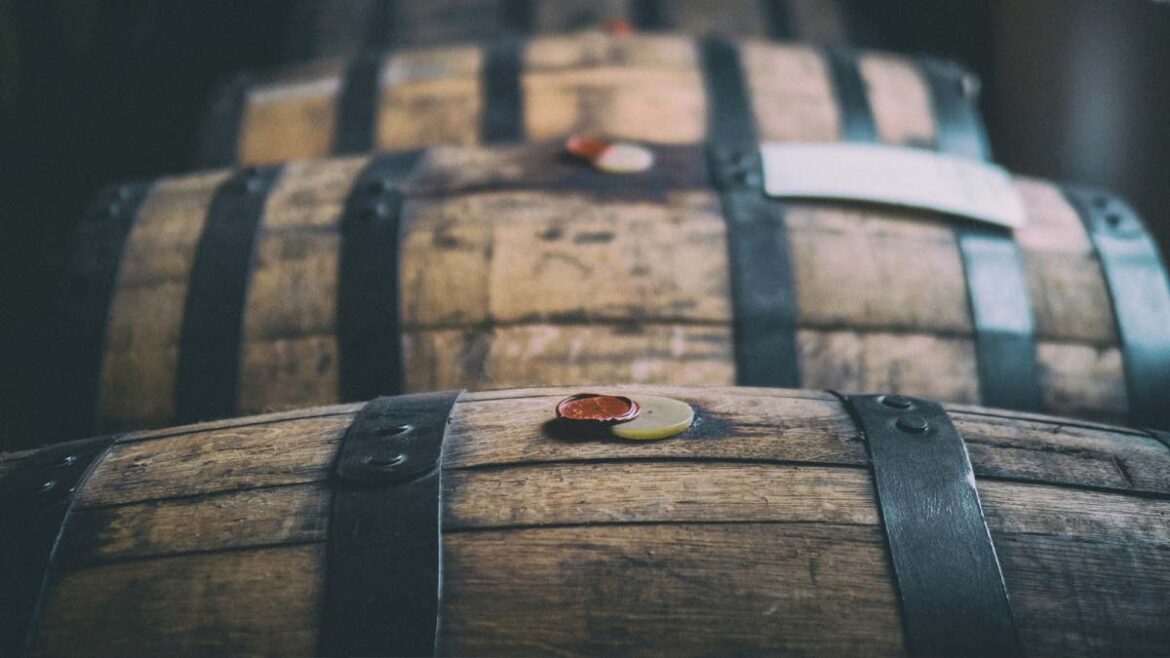
Whisky is no longer just a drink—it’s a financial asset. Over the past decade, whisky investment has emerged as a compelling alternative for those looking to diversify their portfolio. Whether you’re new to the scene or considering expanding your portfolio, understanding whisky investment returns is essential for making informed decisions.
In this comprehensive guide, we break down the factors influencing returns, historical performance, and what potential investors should expect from whisky cask ROI.
Why Invest in Whisky?
Before diving into the numbers, it’s worth understanding why whisky has become such a sought-after investment:
- Tangibility: Unlike stocks or crypto, whisky is a physical asset.
- Scarcity and demand: Casks mature over time, reducing supply and increasing value.
- Tax benefits: In the UK, whisky held in cask is considered a wasting asset, often making it exempt from capital gains tax.
How Whisky Investment Returns Work
The Basics of Whisky Cask ROI
Investors typically purchase whisky casks directly from distilleries, stockists or brokers. The return on investment (ROI) largely depends on:
- Maturation period (typically 5–10 years)
- Distillery reputation
- Cask type and storage conditions
- Market demand at the time of sale
Returns are usually realised upon bottling or resale of the cask to other investors or bottlers.
Average Returns from Whisky Investments
While ROI can vary based on market conditions, historical data and industry analysis suggest:
| Holding Period | Estimated Average Returns |
| 3–5 years | 5–10% per annum* |
| 7–10 years | 12–20% per annum* |
These figures are general estimations and should not be seen as guaranteed outcomes.
Factors Affecting Whisky Investment Performance
1. Distillery Reputation
Casks from renowned distilleries like Macallan or Ardbeg generally command higher prices. Their legacy, craftsmanship, and scarcity contribute significantly to their value appreciation.
2. Cask Type and Size
- Sherry butts and hogsheads typically yield higher returns due to the desirable flavour profiles they impart.
- The size affects how the whisky matures and influences its future bottling potential.
3. Age and Maturation
The longer whisky matures, the more refined and valuable it becomes—until it reaches peak maturity, after which value growth plateaus.
4. Market Trends
Global demand from collectors and emerging markets (like Asia and the US) has pushed whisky market trends upward. However, investors should stay updated on macroeconomic conditions.
Comparing Whisky to Other Investments
| Investment Type | Average Annual Return | Risk Level |
| Whisky Casks | 8–20%* | Medium-Low |
| Stocks (S&P 500) | 7–10% | High |
| Gold | 5–8% | Medium-Low |
| Bonds | 2–4% | Low |
While not immune to market shifts, whisky cask investment offers a unique balance between return potential and risk, especially for those diversifying beyond traditional assets.
Selling Your Cask: Realising Your Returns
When you’re ready to exit your investment, there are typically three options:
- Sell the cask privately or through a broker
- Bottle the whisky and sell bottles individually but generally you will sell to an independent bottling company
- Sell through an auction platform or portfolio exit program
Each has different implications for return, timing, and tax. It’s crucial to work with an expert partner (like Vintage Acquisitions) who can guide you through the exit strategy.
Tips for Maximising Whisky Investment Returns
Choose the Right Partner
Work with a specialist who provides full-service cask management, storage, and market access—like Vintage Acquisitions, which helps clients from acquisition through exit.
Focus on Long-Term Holding
Whisky typically performs better when held for 5–10+ years. This allows time for maturation and market appreciation.
Diversify Across Distilleries
Rather than putting all funds in one cask, consider building a diverse portfolio across reputable distilleries and cask types.
Risk Factors to Consider
While the potential is promising, investors should be aware of:
- Illiquidity: Whisky isn’t a quick-turn investment.
- Storage Costs: Warehousing fees apply, but reputable firms offer bundled services.
- Market Volatility: External factors like export laws, taxation, or global trends can affect pricing.
Real-World Example: How Returns Can Play Out
Let’s say you purchase a first-fill bourbon barrel of 5-year-old single malt for £4,000. After holding it for 5-10 years and with consistent market growth and appreciation, your cask could sell for £8,000–£10,000, delivering a whisky cask ROI of approximately 100%–150% over a decade.
Final Thoughts: Is Whisky Investment Right for You?
If you’re seeking an alternative asset class that combines passion with performance, whisky casks can be a rewarding addition to your portfolio. While it’s not without its risks, the potential returns—combined with tangible ownership and historical performance—make it a worthy contender in today’s investment landscape.

